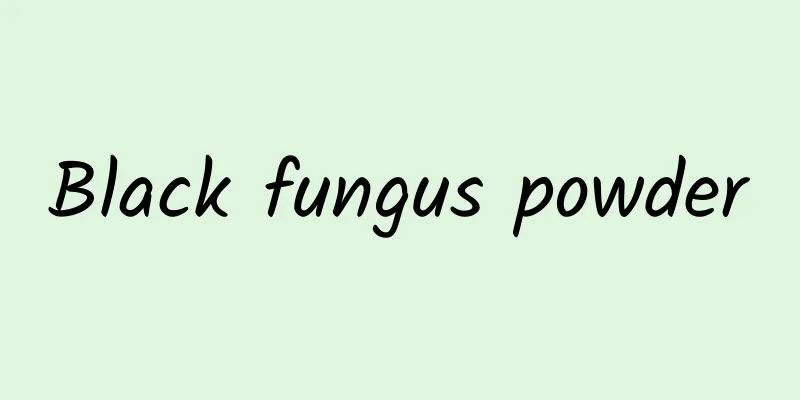The efficacy and function of Shandan

|
Shandan is a kind of traditional Chinese medicine. There are records of Shandan in ancient Chinese medical books. Shandan can treat many diseases and its effects are very comprehensive. We should make good use of it. [Alias] Red lily, Lianzhu (Rihuazi Materia Medica), Sichuan Qiangqu (Tongzhi), red flower vegetable (Compendium of Materia Medica), red flower lily (Sui Xi Ju Diet), mountain lily (Shandong Chinese Herbal Medicine Handbook). [Source] It is the bulb of the lily family plant Rhododendron chinense . Dig up the bulbs between August and September, remove the stems and leaves, wash off the soil, and dry the remaining scales and leaves in the sun, or scoop them out with boiling water and dry them in the sun. [Original form] Perennial herb, 40 to 60 cm tall. The bulb is ovoid, white, about 2 cm long, with a few scales, which are intercalated ovate or broadly elliptic-lanceolate, without joints, and membranous at the apex. The stem is thin, erect and green. Leaves are sessile; linear or linear-lanceolate, narrower above the middle, 2-7 cm long, 3-6 mm wide, and pointed at the tip. The flowers are erect, solitary or divided into 3 or 4 branches at the top of the stem, each with one flower. The flowers are 5 to 7.5 cm in diameter and bright red; the perianth has 6 lanceolate petals, not recurved, with black-purple spots on the inner side of the base; the stamens are 6, shorter than the perianth, the anthers are large, slender and round; the pistil is 1, the ovary is superior, 3-chambered, and without style. The capsule is oblong-oval, about 2 cm long, with blunt edges and a flat top. The seeds are nearly round and flat. Flowering period is from June to July. The fruiting period is from August to September. [Habitat distribution] Growing on hillsides, hilly grasslands or bushes. Distributed in Jilin, Liaoning, Inner Mongolia, Hebei, Henan, Shandong, Jiangsu, Jiangxi, Hunan, Hubei, Shaanxi, Sichuan, Guizhou and other places. 【Nature and flavor】 Sweet, bitter, cool. 【Functions and indications】Relieves restlessness and heat, moistens the lungs, relieves cough and calms the mind. Treats consumptive cough, vomiting blood, palpitations, insomnia, and edema. [Usage and Dosage] For oral use: decoct in water, 3 to 6 qian. [Additional prescription] ① Treat cough and vomiting blood: 6 qian of mountain lily, 6 qian of white hyacinth, and 4 qian of Fritillaria. Grind into fine powder, take 2 qian each time, three times a day. (Shandong Chinese Herbal Medicine Handbook) 【Excerpt】 《*Dictionary》 Through the detailed introduction of Shandan, I believe everyone has a certain understanding and can better improve our common sense of life. |
<<: The efficacy and function of Artemisia serrata
>>: The efficacy and function of mountain alum root
Recommend
Outrageous! I got tanned at the beginning of summer? How can I get my skin white again quickly?
Many people should feel it Temperatures are risin...
Nice name of medicinal material
There are many types of Chinese herbal medicines,...
The efficacy and function of gull
The medical value of gulls is beyond our imaginat...
Worse than staying up late! How harmful is “fragmented sleep”?
Review expert: Wang Xuejiang, professor at Capita...
What are the effects and functions of horse urine?
Sambucus nigra, also known as elderberry, is a ve...
The spacecraft lost control and the space station fell. The "culprit" behind it turned out to be...
Space weather is controlled by solar activity. Th...
The efficacy and function of Buddha belly flower
When it comes to Buddha belly flower, we are all ...
August 2023 "Science" Rumor List: Can iodized salt prevent nuclear radiation? Does the Forbidden City never accumulate water?
The list of "scientific" rumors for Aug...
This private part of your body needs to be touched frequently, be careful of the sensation that may indicate cancer!
During physical examinations, many female friends...
If the rats that everyone hates are really extinct, will it necessarily be a good thing for mankind?
I don't know when the proverb "When a ra...
How do jackets achieve both waterproofness and breathability?
In outdoor sports, as a high-performance protecti...
Does Sanqi Danshen Tablet have any side effects?
The efficacy of Panax notoginseng and Danshen tab...
The "Mother of China's Loongson" has passed away, and her wishes before her death made me cry...
Recently, the Institute of Microelectronics of th...
The most "perverted" food hoarding: They turned cockroaches into living food reserves
We have all heard this fable: in the summer, ants...
[Creative Cultivation Program] Central cooling is so wonderful, why is it so difficult to achieve?
Author: Chen Wen Reviewer: Qin Zongmin With the l...









